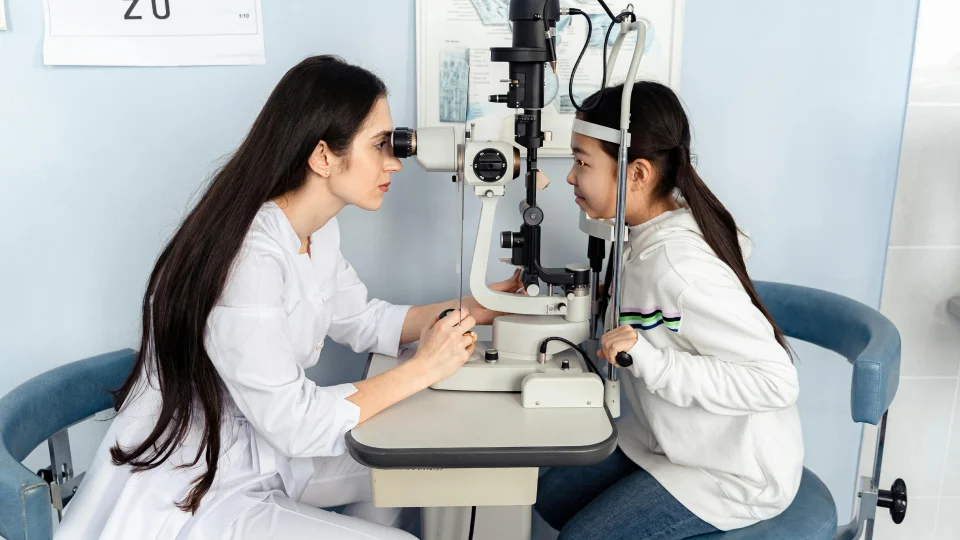The Importance of Endoscopy: How It Can Detect and Treat Digestive Disorders
Introduction
Endoscopy is one of the most effective ways to diagnose and treat a variety of gastrointestinal issues. As an experienced endoscopist in Bilaspur, Dr. Aakash Garg offers a range of endoscopic procedures to examine the digestive tract, diagnose conditions, and provide minimally invasive treatments.
In this blog post, we’ll explore what endoscopy is, the types of endoscopic procedures available, and how they can help you.
What is Endoscopy?
Endoscopy involves using a flexible tube with a camera (endoscope) to examine the inside of the body. For gastrointestinal issues, an endoscope is inserted through the mouth or rectum to view the esophagus, stomach, intestines, and other organs. It helps diagnose a variety of conditions like ulcers, cancers, polyps, and inflammation.
Common Endoscopic Procedures
- Upper Gastrointestinal Endoscopy (UGIE)
- Colonoscopy
- Endoscopic Retrograde Cholangiopancreatography (ERCP)
- Endoscopic Ultrasound (EUS)
- Sigmoidoscopy
These procedures allow Dr. Garg to visualize the digestive tract in detail, making it easier to diagnose conditions and recommend the right treatment.
Why Endoscopy is Crucial for Diagnosis and Treatment
Endoscopy is essential for diagnosing conditions like gastrointestinal bleeding, cancers, and chronic inflammation. It can also be used for therapeutic purposes, such as removing polyps, performing biopsies, and treating esophageal varices. By using the latest endoscopic technology, Dr. Garg ensures that procedures are safe, effective, and minimally invasive.
Conclusion
If you have concerns about your digestive health, endoscopy is an important diagnostic tool. Contact Dr. Aakash Garg today for an expert consultation and learn more about how endoscopy can help you.













4 Comments
Adam Gordon
Wow, cool post, thanks for sharing.
cmsmasters
Glad to be of service.
Anna Brown
Thanks for sharing this post, it’s really helpful for me.
cmsmasters
Happy to be of service.